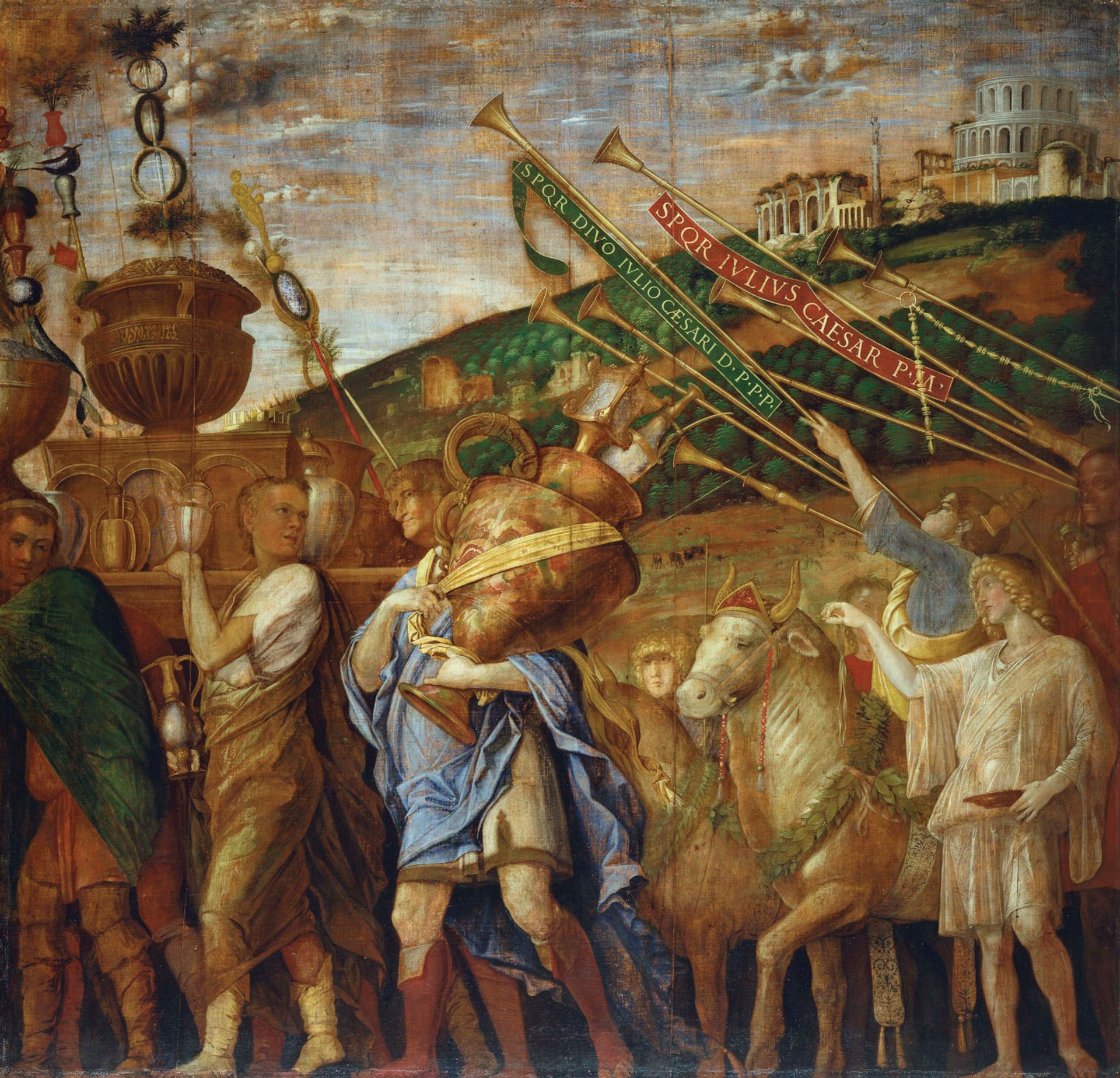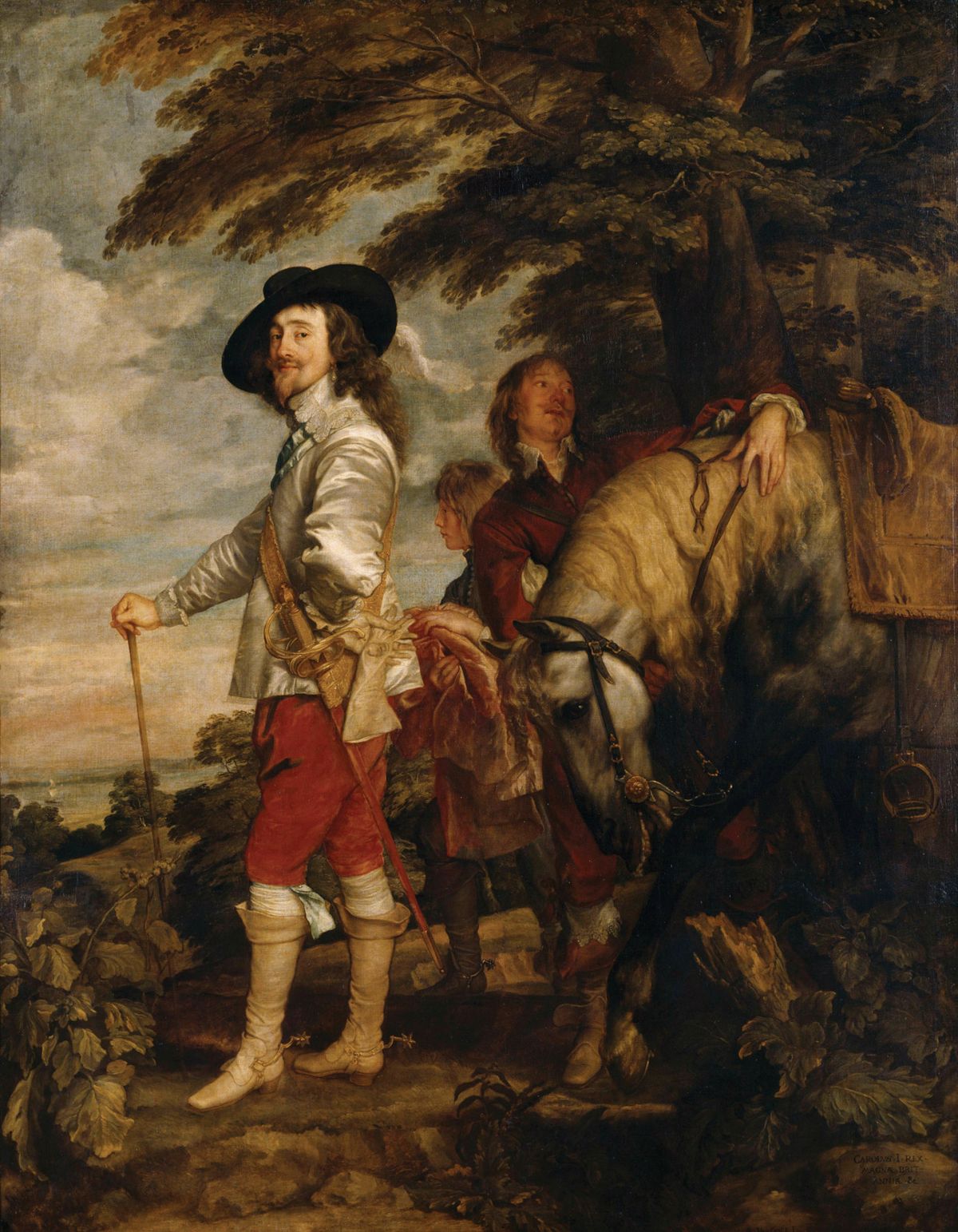The Royal Academy of Arts in London is reassembling major works of art once owned by Charles I in an ambitious show organised with the Royal Collection.
Until his execution in 1649, Charles I was one of the great collectors of his time. After his death, 1,500 of his paintings were put up for sale and dispersed. Nearly 200 were later reacquired by his son, Charles II, and these have remained in the Royal Collection. Ninety will be in the exhibition. A further 100 or so have been identified elsewhere, of which 60 are being borrowed. The co-curator, Per Rumberg, says “quality rather than quantity” was a criterion in the selection, although the team set out to find key works on major subjects, such as Van Dyck’s royal portraits and Italian Renaissance works.
The fate of the remaining 1,200 or so paintings is unknown, but many were lesser works. Individual pictures surface occasionally—as with Leonardo’s Salvator Mundi (around 1500). This notable absentee from the show was requested by the curators following its $450m sale at Christie’s in November last year. However, a loan was not agreed with the buyer.

Titian's The Supper at Emmaus (around 1530) Photo: RMN-Grand Palais (musée du Louvre) / Stéphane Maréchalle
The star loan is Van Dyck’s full-length portrait of Charles I in the Hunting Field (around 1636) from the Louvre. This will be the first time it has returned to England since the king’s execution. The Louvre is also lending Titian’s Supper at Emmaus (around 1534) and Conjugal Allegory (around 1530-35). The Prado is sending Titian’s Charles I with a Dog (1533).
Two works recently acquired by UK museums are also coming: Rubens’s Apotheosis of James I (around 1628-30, bought by Tate in 2008 for £5.7m) and Van Dyck’s last self-portrait (around 1640), bought by the National Portrait Gallery in 2014 for £10m. Private loans include Van Dyck’s Self-portrait with a Sunflower (around 1633), owned by the Duke of Westminster.

Andrea Mantegna's Triumph of Caesar: The Vase Bearers (around 1484-92) Royal Collection Trust/ © Her Majesty Queen Elizabeth II
Another coup is the loan of all nine of Mantegna’s canvases of the Triumph of Caesar (around 1485-1506), which normally hang at Hampton Court. The Royal Collection will also be lending the Portrait of an Old Woman (around 1627-29). The attribution has been controversial, and it will be interesting to see if it is labelled as a full Rembrandt, since many scholars believe it is partly by his colleague Jan Lievens.
One of the smaller objects on loan, from Oxford’s Bodleian Library, and arguably the most important, is a 1639 inventory of the collection of Charles I, compiled by the first Surveyor of the King’s Pictures, Abraham van der Doort. Without this, the curators Rumberg (Royal Academy) and Desmond Shawe-Taylor (Royal Collection) could never have mounted the exhibition.
The Royal Academy’s show will be the first major event to mark the 250th anniversary of its foundation. A parallel exhibition on Charles II opened last month at the Queen’s Gallery at Buckingham Palace (until 13 May).
• Charles I: King and Collector, Royal Academy of Arts, London, 27 January-15 April


